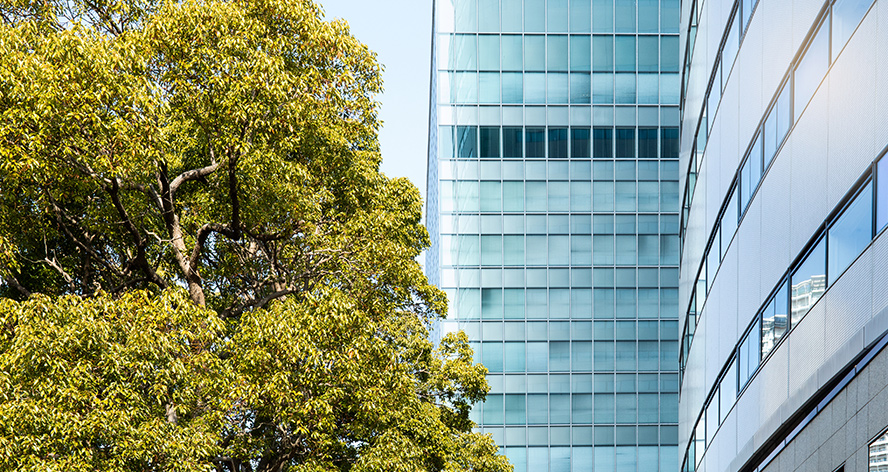Our Climate Resilient Cities Index highlights some of the measures urban centres are taking to mitigate the effects of climate change. It considers rising temperatures and sea levels, excessive rainfall and drought, and extreme climate-related events such as hurricanes. It explores the responses of major cities around the world to these outcomes.
Yet there is an elephant in this room. While cities should prepare for the consequences of climate change, they can’t ignore their part in causing it. Cities account for 70 per cent of global carbon emissions.
Put another way, the best way for cities to protect people from a warming world is to play a leading role in stopping it from warming too much.
A huge challenge – but there are solutions
That’s much easier said than done, of course. As the world is finding every day, restricting global warming while maintaining familiar comforts is a difficult circle to square.
Government can start by leading by example. It could retrofit its buildings to reduce their carbon emissions and establish carbon-zero rules for new developments.
Sustainable building and planning
While these measures are a start, they’re clearly not enough. So what more should cities be doing to reduce carbon emissions? It depends first on where they’re starting from.
Industrial cities are more polluting than those with service-based economies. Older cities tend to host more carbon-intensive infrastructure. More populous cities simply produce more carbon. These factors may help prioritise initiatives, but there are things that all cities can do to lower their carbon footprints.
For example, many of the cities in our index have plans to reduce operational carbon. New York’s Local Law 97 aims to reduce the emissions from large properties (over 25,000 sq ft) to 40 per cent below 2005 levels by 2030.
Significant inroads into carbon emissions can also be made with more sustainable city planning. That includes prioritising renewable energy sources for heating and lighting, and encouraging a shift towards public transport. Many cities are expanding rail and light rail services and discouraging car use through emissions penalties.
The era of carbon pricing
One interesting development in the real-estate world is carbon pricing, which offers financial incentives for building users to reduce their carbon emissions.
Singapore is a leader in this, introducing Southeast Asia’s first carbon pricing scheme in 2019. South Africa also introduced a carbon tax in 2019, while the EU is establishing a “polluter pays” principle.
In Singapore, carbon taxes apply to commercial establishments that emit at least 25,000/t CO2 annually. To avoid shocking the economy, the rates will progressively increase over time. The objective is to reach a range of S$50 to S$80/t CO2 by 2030.
“The additional cost to a premium office space, though significant, is not too burdensome,” says Alan Cheong, executive director of research and consultancy for Savills Singapore. “The positive impact will outweigh the additional cost because green-compliant tenants will increasingly find themselves with fewer options when relocating, creating a demand that could offset the drag caused by the tax.”
Carbon pricing could significantly impact both residential and commercial real-estate markets. The pandemic has already accelerated a flight to quality, with grade-A buildings commanding premium rents and lower-tier properties seeing lower demand.
Rewards for sustainability (or penalties for its absence) may accelerate this trend and nudge landlords and occupiers towards greener properties.
Collaboration in the fight against carbon
In all of these areas, education will be key. City governments need to take businesses and residents along with them, and convince them of the need for change.
To that end, many are prioritising collaboration. In Madrid, the ‘Green Office’ is a tool to promote sustainability in residential building stock and point citizens towards sources of public funding for refurbishment projects. New York’s Retrofit Accelerator provides free and bespoke advice to building owners looking for energy-efficient solutions.
Together this represents a carrot and stick approach to real-estate sustainability. When it comes to carbon reduction, city authorities can only do so much on their own. A mix of penalties, rewards and resources – encouraged by infrastructure improvements – is persuading private individuals and businesses to make a difference in their own homes and offices.



